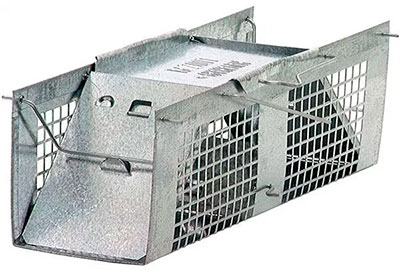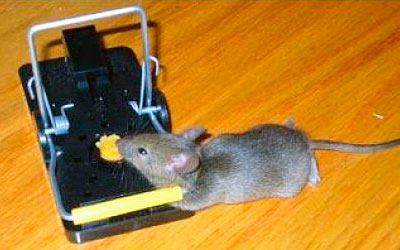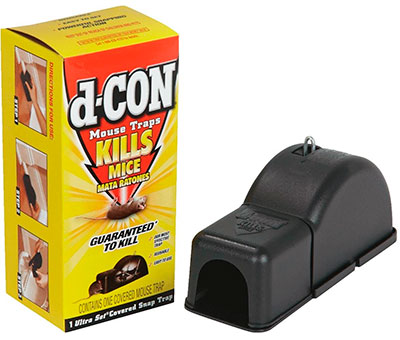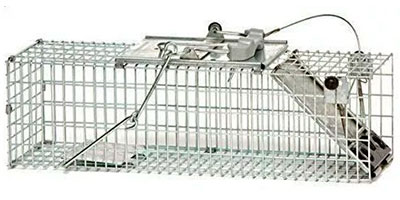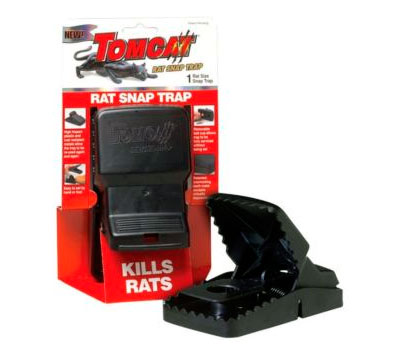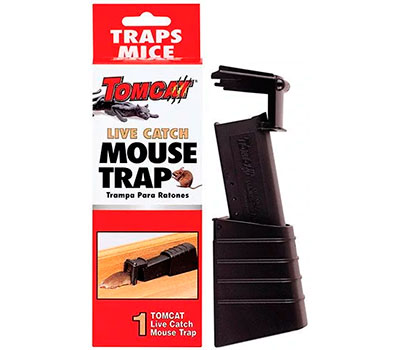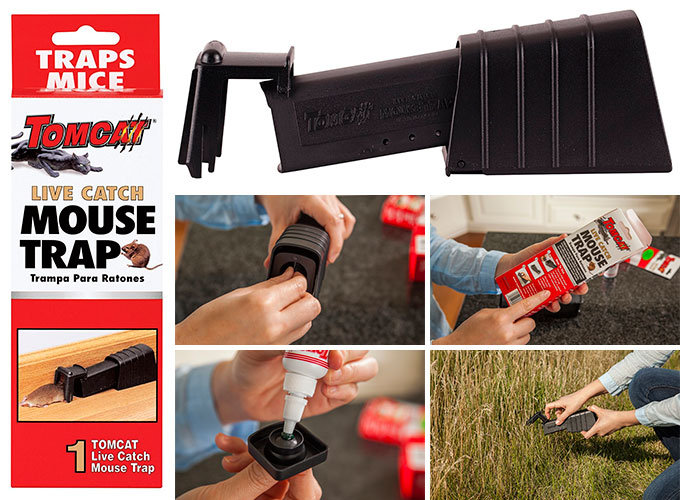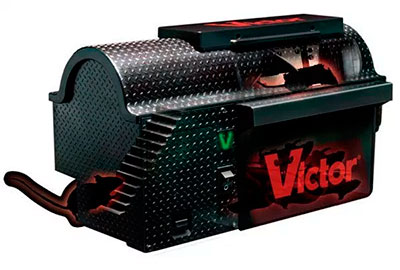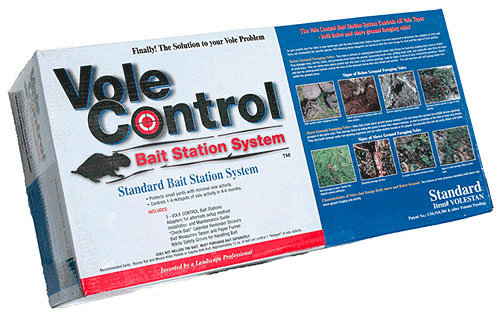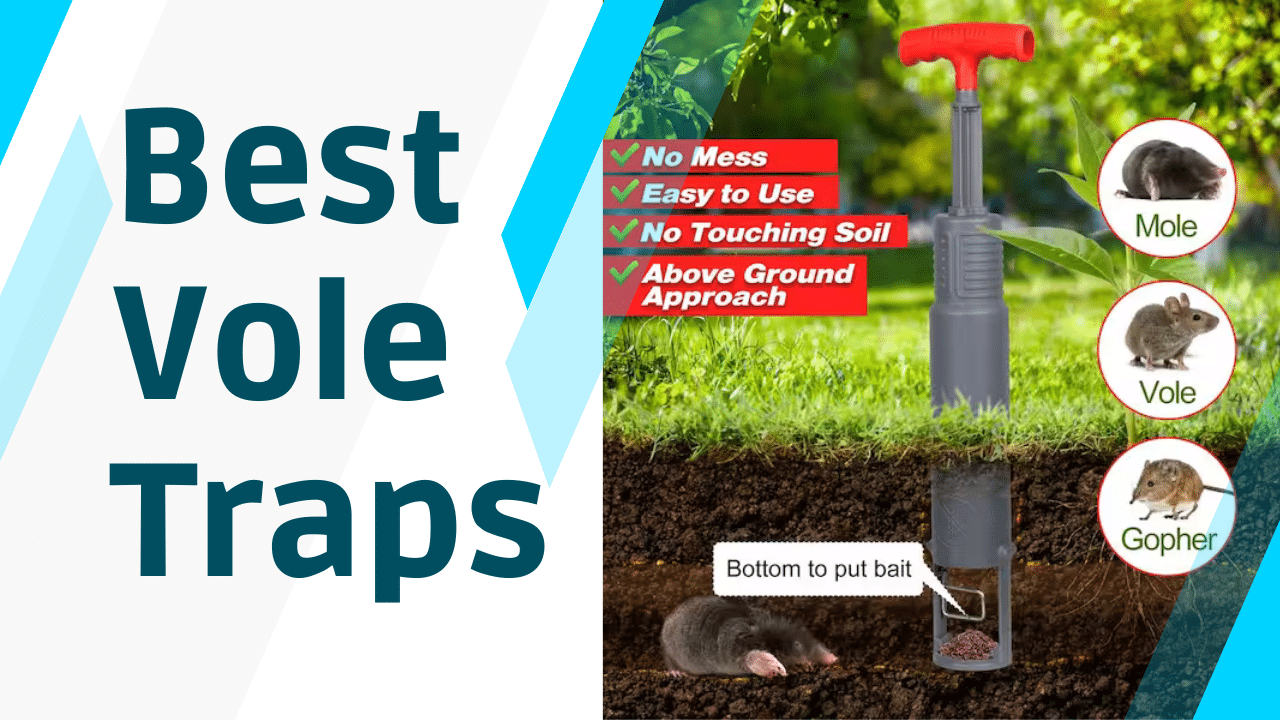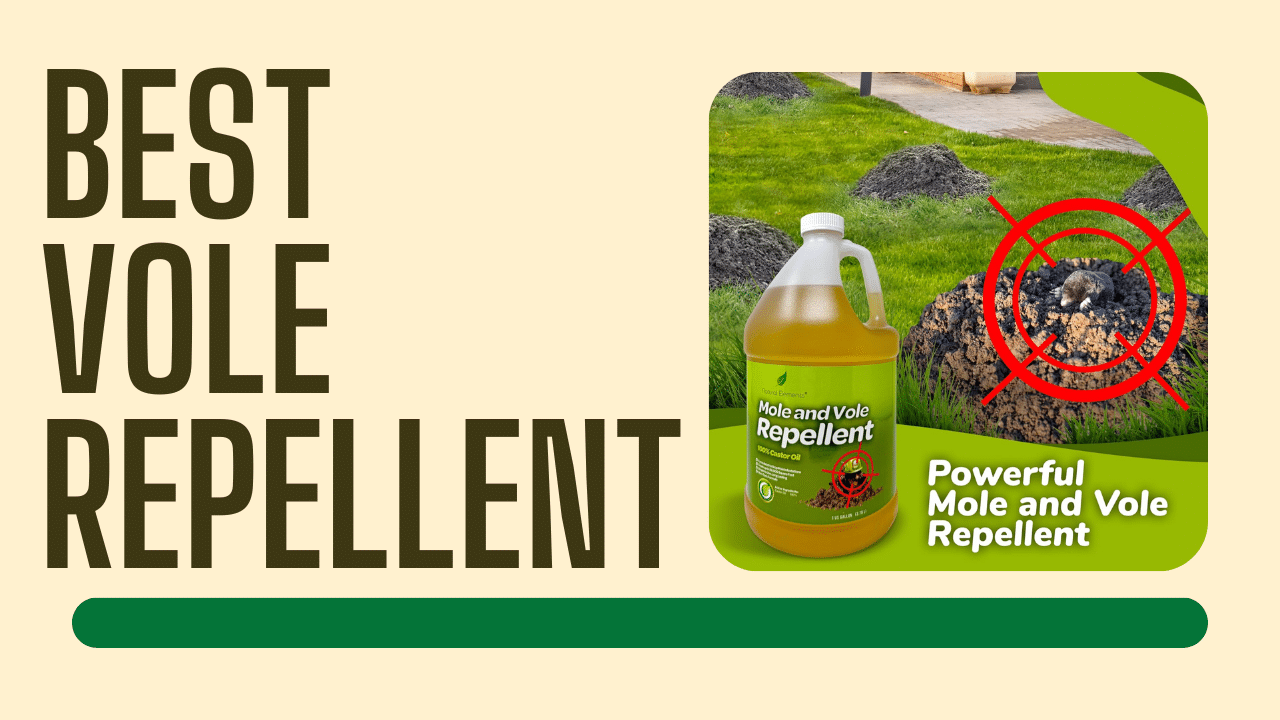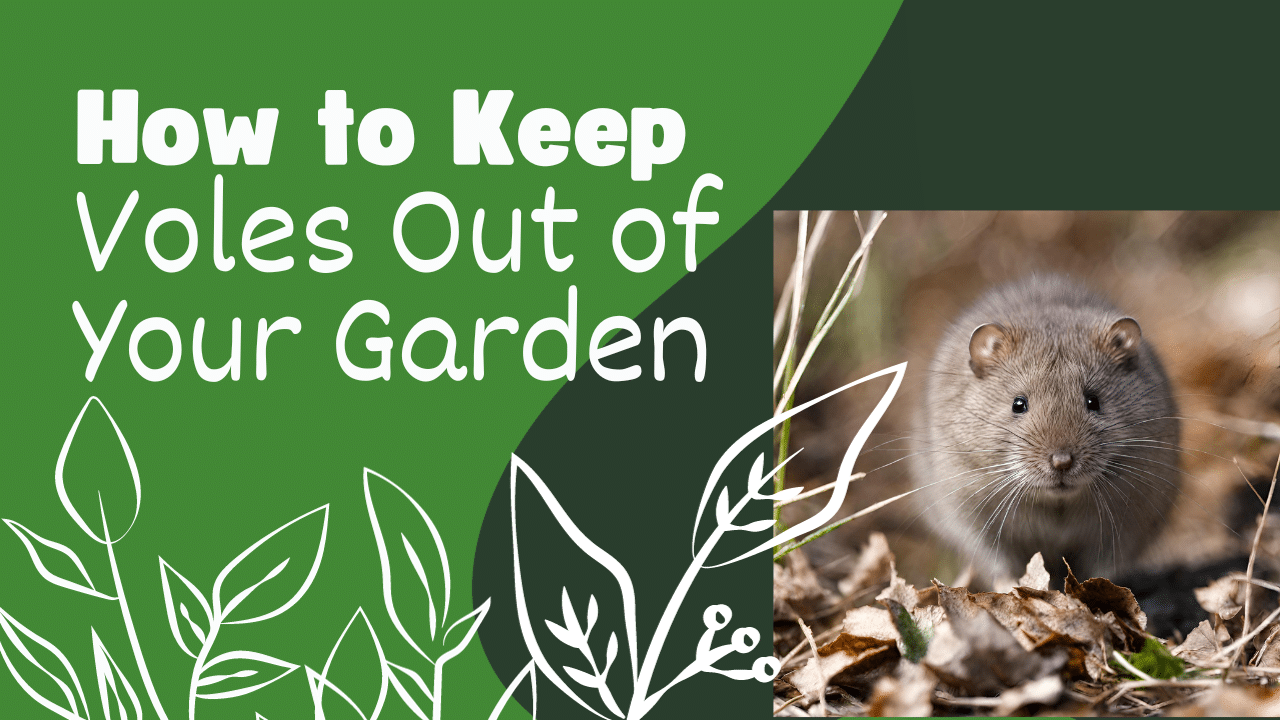
- LAST UPDATED: December 31, 2023
Although the choice is admittedly subjective, I can name three clear winners for my “Top 3” best vole traps. Here they are:
Best Vole Traps Comparison Chart
| PREVIEW | PRODUCT | |
|---|---|---|
Our #1 Rated  | Havahart 1020
| Check Price |
People's Choice  | Snap-E Mouse Trap
| Check Price |
 | d-CON Reusable Snap Trap
| Check Price |
Voles are resilient little creatures, and they’re not going to “just go away” on their own. Unless you get some good vole traps and put them to use, the vole population on your property will continue to grow by leaps and bounds.
Trapping rodents out in your yard instead of inside your house involves a few variations in technique. To be successful in eradicating voles on what they consider to be “their home turf, ” you’ll have to adapt your strategy a bit.
If all else fails, you may have to call in a professional vole exterminator – but in most cases, you can avoid this and save money by doing it yourself. Here are the basics of vole traps and how best to use them!
Top 7 Best Vole Traps Reviewed
1. Havahart 1020 Cage Trap – Best Live Animal Vole Trap (Editor’s Choice)
This Havahart X-Small 2-Door Mouse Trap works great every time and is a 100% humane live catch trap. Even more effective on voles because of the double doors and because of the extra small size.
But it could be too expensive to de-vole a large, badly infested yard with this trap type only.
2. Snap-E Mouse Trap – Best Cheap Vole Trap (People’s Choice)
These basic mouse traps look about the same as traditional snap traps. But they are highly weather-resistant, which makes them ideal for outdoor use. The only drawback is you can’t easily place them inside a vole hole, only around it.
3. d-CON Reusable Covered Snap Trap – Best Reusable Vole Trap
This is a great covered trap that is designed for smaller mice, which voles generally are.
4. Havahart 1082 Easy Set Small 1-Door Animal Trap
Effective live catch trap. Very humane.
5. Tomcat Rat Snap Trap – Easy to Set by Hand or Foot Indoor/Outdoor Rodent Trap
Reliable, affordable classic snap trap build of non-rusting materials.
6. Tomcat Live Catch – Vole Traps for Outdoor Use
Good for outdoor use because it’s a covered trap.
7. Victor Multi-Kill Electronic Mouse Trap M260 – Kills up to 10 Voles per Setting
This probably can’t be your main strategy outdoors, but if you place it outside only during good weather and/or shield it from rain, this is a great additional vole trap to put at a high vole traffic location.
What are the Best Traps for Catching Voles in April, 2024? – Your Expert Buyer’s Guide
Voles are just filed mice, smaller, furrier, and more “squinty eyes” than their indoor cousins, perhaps, but mice nonetheless. Some of the same traps used to catch mice can be effectively used also to catch voles.
However, you can’t use any best mouse traps, exactly, on voles. For example, glue traps and electric shock traps aren’t fit for outdoor use. And leaving a homemade bucket trap out in the open or placing a narrow-entrance homemade 2 liter bottle trap on a vole runway aren’t really the best solutions.
Basically, you need to stick with some form of snap trap or a live catch trap if you want to go the more humane route.
This Buyer’s Guide serves to make your shopping easier, whereby you should have a better understanding of what you want when you’re finished going over the tips.
Catching Voles With Mouse Traps
If you’re going to use snap traps in your yard, you either need to buy the covered variety or creatively cover them yourself.
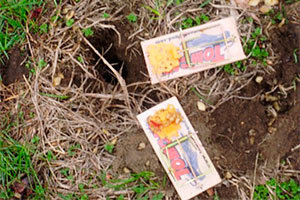
- You don’t want people and pets getting their toes snapped when they walk through the yard. Ouch! I can almost feel the pain as we speak.
- Voles don’t like to venture out in the open, not even a few feet, so an open-faced, totally exposed trap is less likely to catch them.
- The weather can more easily displace uncovered traps or at least wash or blow the bait off the trigger.
You can bend up a piece of cardboard or a roof shingle and place it over a snap trap to cover it – but leave enough elbow room for the trap and the vole and don’t squish the trap and/or set it off!
If you want to use a live catch trap, it can probably stay in place by virtue of its own weight (they’re usually made of metal), but still, lay some weeds or other covers over it to make it seem less dangerous to any voles lurking nearby.
Trapping Techniques
There are a number of important tips you’ll need to follow if you want to be a successful vole trapper.
Here are some of the most crucial ones:
- Use large numbers of traps, as in one or two dozen for a single back yard. If you are catching only one vole per trap at a time, the large population voles tend to live in demand large numbers of traps.
- Place traps where you can easily check them. You need to check each trap daily, so don’t camouflage your traps so well that you forget where they are, and leave a single dead vole in there for weeks on end.
- Position traps perpendicular to vole runways, inside of vole holes, where you find vole feces, or anywhere you see signs of vole activity.
- Choose snap traps with wider instead of narrower trigger pans and then place them in pairs of two set side by side or end to end to increase your chances of a catch.
- If you don’t catch voles in a particular trap for a few days in a row, then relocate that trap. Keep on rotating until you’re catching as many voles as possible.
Besides trapping voles, you can also use deterrents and repellents. Click here to find out how to get rid of voles naturally.
Trapping in the Garden
Gardens are veritable paradises for voles, providing them plenty of covers and plenty of vegetables, plant roots, and insects to nibble on. So don’t be surprised if vole nests pop up in your garden beds.
To find out how to keep voles out of the garden, follow the link. But as to trapping your garden voles, follow the same basic vole trapping techniques outlined in the section just above.
Also, keep your garden well weeded and free of fallen produce and all clutter. Then place traps every few feet apart and bait them with PB or other irresistible rodent foods. Don’t use poison in the garden, however, as that can be dangerous.
And a live catch trap that can capture and hold multiple mice at once is ideal in the garden. It will eliminate the possibility of snapping your fingers when you’re just trying to pick your tomatoes or beans!
Trapping With Mouse Traps
Let’s say you’ve been using mouse traps to try to catch voles, but you’re coming up empty so far. What could be going wrong?
Here are some of the possible problems that could be interfering with your vole-trapping efforts:
- Not enough traps. Use a dozen or more, not just a few.
- Traps are not placed in areas that voles frequent.
- Traps are not sufficiently “hidden, ” making your voles “trap shy.” Voles don’t like to wander out in the open.
- Cats are out prowling, which could frighten voles and cause them to stay underground.
But if none of these errors have been made and you’ve followed all the advice we’ve already given above in this article, here is one other trick that is often quite effective.
Place two or three mouse traps around an active vole hole. Then, after baiting the traps, cover them and the hole with a 5-gallon bucket and wait for results.
The bucket keeps squirrels and other bait-eaters away holds in the scent of the bait and creates shady darkness that voles are more comfortable moving around in. Plus, as they scurry around in a circle looking for a way out (there is none), they’re likely to set off a trap – even if they don’t go for the bait itself.
Vole Bait
You can use the same kinds of baits you would use for ordinary mice on voles, with or without poison. But you also might want to use baits they are used to in the wild to keep down suspicions.
To find out which are the most effective and best vole poisons, follow the given link!
If you position your vole traps correctly, you actually can catch voles without even using any bait. But that’s a little like fishing with a baitless lure: but bait makes the chances of a catch that much higher, so why not use it?
There’s probably an endless variety of possible vole baits you could use, but peanut butter mixed up with a little oatmeal is often trumpeted as the number one choice.
Bread-and-butter, sunflower seeds, gumballs, peanuts, birdseed, and cherry pits, are some of the other common baits.
Rozol Vole Bait
Did you ever wonder what they use for vole bait on golf courses, in fruit orchards, at Christmas tree farms, and in other commercial enterprises where profit loss due to voles just can’t be tolerated?
Chances are, they’re using Rozol Vole Bait or something very much like it. Rozol pellets contain poison that kills voles quickly and food that they love and can’t resist.
Rozol pellets are also formulated to stand up to the weather longer. They won’t dissolve quickly in the rain or even snow. It’s a great option. You just pour some pellets down a vole hole and wait for the results!
Bait Stations
Another way to eliminate voles in your yard is to set up bait stations by each and every vole hole. The voles get comfortable with the stations, start nibbling at the bait, and gradually die off one by one.
It’s true you can just throw down pellets or bars in or near a vole hole, but a bait station gives you a better ability to protect bait from the weather and to monitor progress based on how much bait is being eaten over a period of time.
Bait Stations System Reviews
One of the best vole bait stations on the market today is called simply “Vole Control Bait Stations.” There is a whole system to follow, not just stations to set down, but the instructions are easy to understand and adhere to.
Online reviews of the Vole Control Bait Stations System are very high, with people raving about how green their grass looks and how greedily the voles are gobbling up the bait.
Most returns of the product occur when someone did not take the handy “Apple Sign Test” before ordering. This test helps you make sure it’s really voles you’re dealing with and not moles or some other pest.
And you have to use anywhere from 3 to 12 bait stations in a typical yard, depending on the size of the yard and the number of voles that are in it. Plus, you have to follow the inspection and bait replenishment schedule for the best results. Most negative reviews are from those who failed to follow these guidelines.
Conclusion
Voles can become a major nuisance when left to themselves and allowed to populate freely. Your yard may not survive it.
But although getting rid of voles can be a challenge and may take some time, it can definitely be done with the right traps at the right locations and the right bait. Sometimes, vole infestations are just too heavy to deal with on one’s own, but it’s well worth the attempt because professional extermination services can be quite pricey.
Contents
- 1 Top 7 Best Vole Traps Reviewed
- 1.1 1. Havahart 1020 Cage Trap – Best Live Animal Vole Trap (Editor’s Choice)
- 1.2 2. Snap-E Mouse Trap – Best Cheap Vole Trap (People’s Choice)
- 1.3 3. d-CON Reusable Covered Snap Trap – Best Reusable Vole Trap
- 1.4 4. Havahart 1082 Easy Set Small 1-Door Animal Trap
- 1.5 5. Tomcat Rat Snap Trap – Easy to Set by Hand or Foot Indoor/Outdoor Rodent Trap
- 1.6 6. Tomcat Live Catch – Vole Traps for Outdoor Use
- 1.7 7. Victor Multi-Kill Electronic Mouse Trap M260 – Kills up to 10 Voles per Setting
- 2 What are the Best Traps for Catching Voles in April, 2024? – Your Expert Buyer’s Guide
- 3 Trapping Techniques
- 4 Vole Bait
- 5 Conclusion

